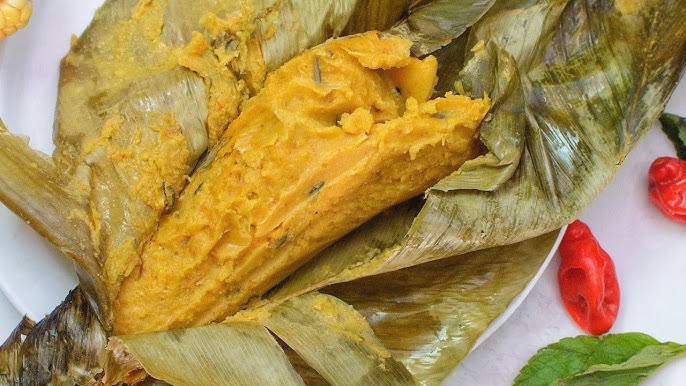Watermelon is a delightful and hydrating fruit cherished globally, renowned for its vibrant green rind and juicy red interior. However, there have been assertions regarding the existence of blue or purple watermelons. In this article, we will investigate whether these blue and purple watermelons are genuine or mere misconceptions.
Is there anything like blue and purple watermelons?
The simple answer to this claim is No. There are no naturally occurring blue or purple watermelons. Traditional watermelons have a green rind and juicy red or pink flesh. While there are various watermelon varieties with different rind colors and fruit characteristics, truly blue or purple watermelons do not exist in nature. Any claims of such watermelons are likely due to photoshopped images or misinformation.
Nutritional Value of real watermelons
Watermelon is primarily composed of water (91%) and carbohydrates (7.5%). It contains minimal amounts of protein and fat and is low in calories. Here’s a breakdown of the nutrients in 2/3 cup (100 grams) of raw watermelon:
- Water: 91%
- Sugar: 6.2 grams
- Fiber: 0.4 grams
- Calories: 30
- Protein: 0.6 grams
- Carbohydrates: 7.6 grams
- Fat: 0.2 grams
Health benefits of real watermelons

Good for Hydration
Watermelons have a high water content, making them excellent for staying hydrated, especially in hot weather.
Rich in Antioxidants
They contain antioxidants like lycopene and vitamin C, which can help combat oxidative stress and inflammation.
Supports Heart Health
Lycopene in watermelon may help lower cholesterol levels and reduce the risk of heart disease.
Aid in Weight Management
Watermelons are low in calories and have a good amount of fiber, which can help with weight management.
Promotes Skin Health
The vitamins A and C in watermelon are essential for healthy skin and may help protect it from UV damage.
Supports Digestive Health
The fiber content in watermelon can support healthy digestion and regular bowel movements.
Aid in Muscle Soreness
Some studies suggest that consuming watermelon or its juice may reduce muscle soreness after exercise, thanks to its amino acid content.
Conclusion
In conclusion, there is no scientific evidence to support the existence of blue or purple watermelons. Watermelons come in many colors, such as yellow and orange. Claims of blue or purple watermelons are likely the result of hoaxes or misinformation. When it comes to watermelon, the classic red and pink types remain the most common and widely enjoyed.





